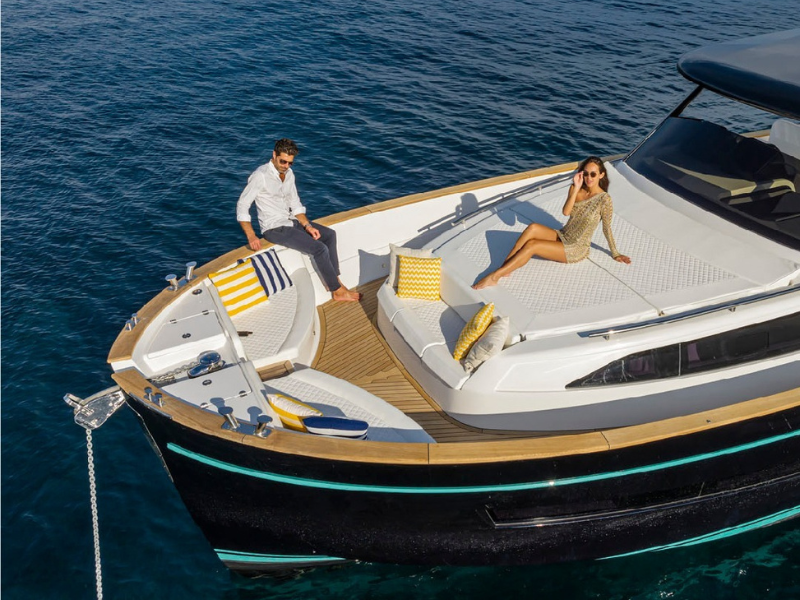Care and maintenance
Our tips for keeping your yacht in top condition.

By the end of the summer season, your yacht has been exposed to many elements that can quickly damage it.
To enjoy your yacht for as long as possible, it’s important to maintain it.
To get your sailing season off to a safe start, we recommend that you take a look at your boat and give it a little facelift.
Here are some tips on how to look after your yacht.
How can you maintain your boat to extend its life?
Maintaining the hull of your yacht
The hull is the most exposed part of a yacht and is therefore susceptible to damage from the elements.
Regular hull maintenance can help protect your boat from corrosion, algae and impact damage.
This is particularly important as a well-maintained hull can help prevent and delay osmosis, which weakens the structure and stability of the boat.
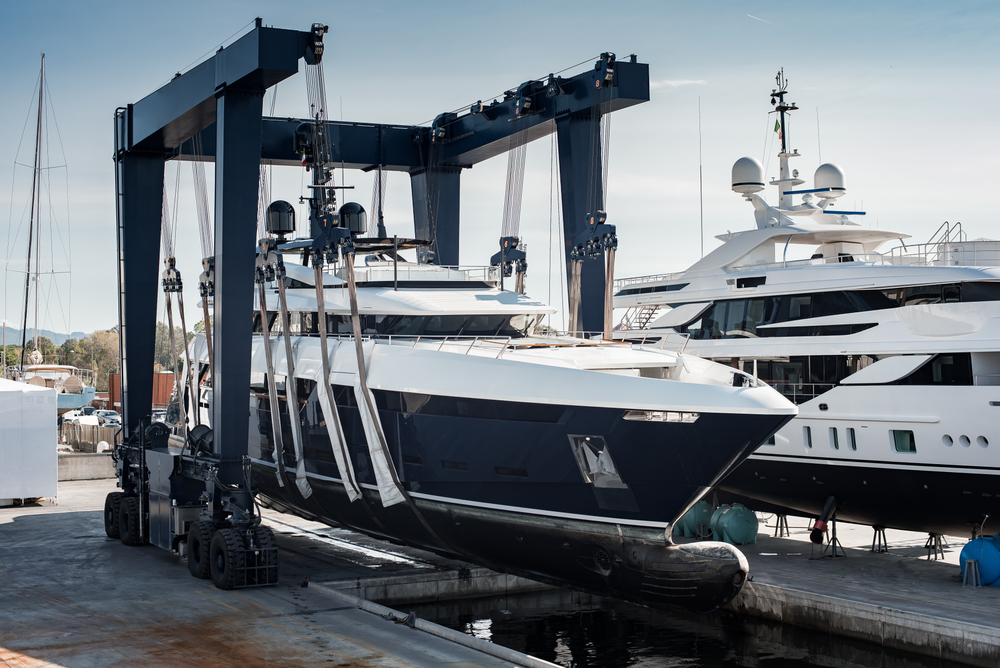
Here are the steps involved in yacht hull maintenance:
Cleaning the hull
Cleaning the hull is the first step in maintenance. It is important to clean the hull regularly to remove algae, shells and other debris. This can be done with a boat hull cleaner and a soft brush.
- Application of antifouling
Antifouling is a type of paint applied to the hull to prevent algae and mussels from sticking to it. It is important to reapply antifouling regularly.
Algae and mussels can build up on the hull of a boat and create drag. This drag can reduce boat speed and increase fuel consumption. In addition, algae and mussels can damage a boat’s hull by creating holes or cracks.
The frequency of antifouling applications depends on the type of antifouling used, the sailing conditions and the exposure of the boat to algae and mussels.
Replacing anodes
Anodes are metal parts attached to the hull to protect the yacht from corrosion and need to be replaced regularly,
Corrosion is a natural process that can damage metal. Sacrificial anodes act as corrosion bait, corroding instead of the yacht’s metal.
The frequency of anode replacement depends on how long the yacht has been exposed to seawater, the sailing conditions and the type of anodes used.
In general, sacrificial anodes should be replaced every year or two. However, if the yacht is exposed to difficult sailing conditions, such as salt water or warm water, the anodes should be replaced more frequently.
Careening
This is the term used to describe all the operations carried out when maintaining a boat or taking it out of the water. Although some of these operations can be carried out by yourself, it is advisable to entrust them to a professional.
Maintaining your yacht's engines
Engines are the heart of your boat and are therefore essential to its operation.
Regular engine maintenance can help prevent breakdowns and extend engine life.
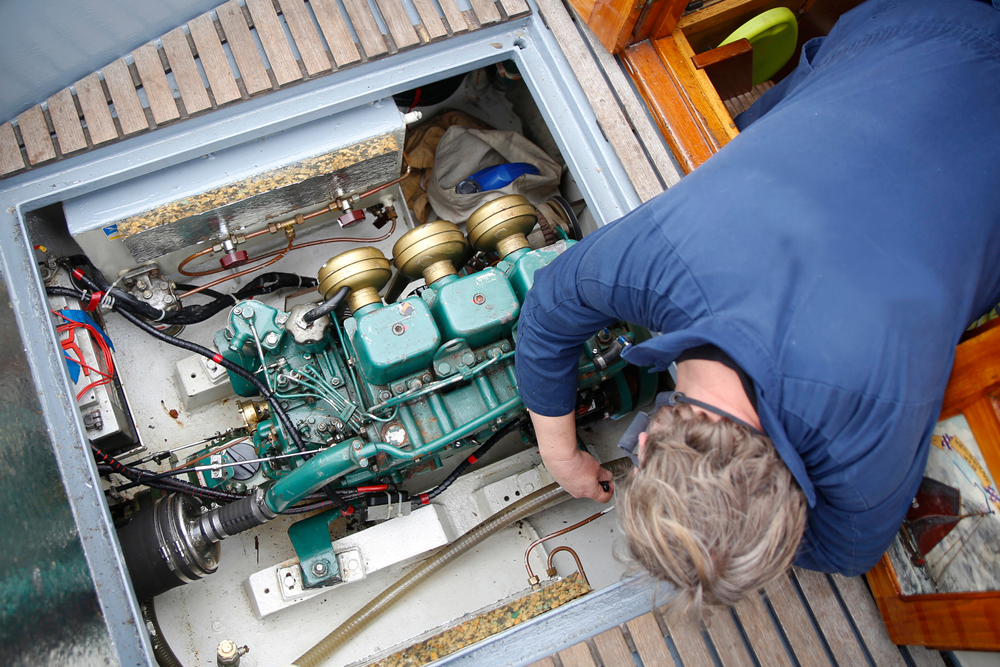
Here are the steps for maintaining your boat’s engines:
Oil change
Changing the oil is an important maintenance task that should be carried out regularly. Engine oil becomes worn and contaminated over time, so it’s important to change and replace it to keep the engine in good condition.
The frequency of oil changes depends on the type of engine and the manufacturer’s recommendations. In general, it is recommended to change the engine oil every 250 to 500 hours of use.
- Filter replacement
Oil and fuel filters are also important to keep engines running smoothly. Oil filters become clogged over time and must be replaced regularly. Fuel filters can become clogged with dirt and also need to be changed regularly.
The frequency of filter replacement depends on the type of engine.
In general, we recommend replacing oil filters every 250 to 500 hours of use. Fuel filters should be changed every year or every 500 to 5,000 kilometres, whichever comes first.
Checking oil pressure
Oil pressure is an important indicator of engine condition. Low oil pressure may indicate a problem with the engine.
Oil pressure should therefore be checked regularly.
Oil pressure should be within the range indicated in the owner’s manual. If the oil pressure is too low, stop the engine and contact a mechanic.
Maintaining your yacht's electronics
Maintaining the electronics is essential for many systems on a yacht, including the navigation system, the lighting system and the entertainment system.
Regular maintenance of electronics can help prevent breakdowns and extend their life.
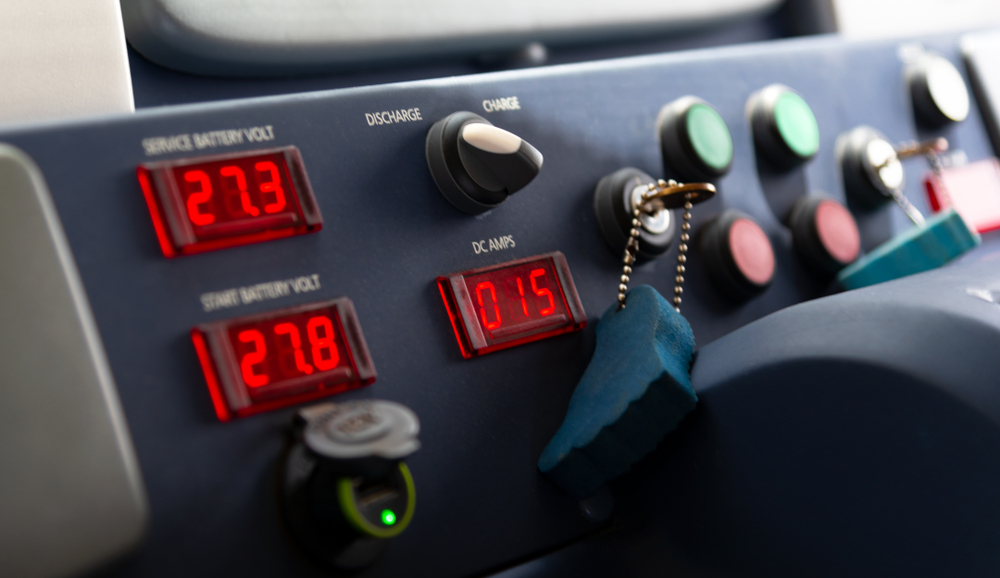
Here are the steps involved in maintaining a yacht’s electronics:
Checking fuses
Fuses protect electronics against electrical overloads. It is important to check the fuses regularly to make sure they are not blown.
- Checking circuit breakers
The circuit breakers are similar to the fuses, but they can be reset. It’s important to check circuit breakers regularly to make sure they haven’t tripped.
- Checking the batteries
The batteries provide power for the yacht’s electronics. It is important to check the batteries regularly to ensure they are in good condition.
Here are some additional tips for maintaining your yacht’s electronics:
Avoid exposing electronics to moisture and the elements.
Clean electronics regularly with a soft cloth.
Use cleaning products designed specifically for electronics.
Use a professional to service and repair complex electronics.
Maintaining your yacht's hydraulic systems
Hydraulic systems are used to control many systems on a yacht, including steering, propulsion and lifting systems.
Regular maintenance of hydraulic systems can help prevent breakdowns and extend their life.
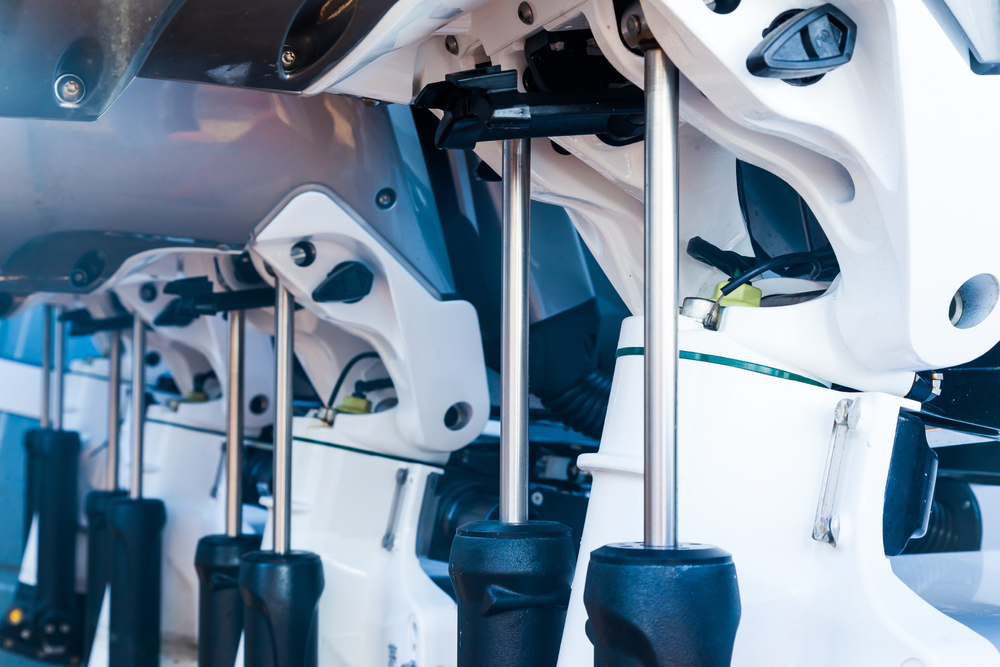
Here are the steps involved in maintaining a yacht’s hydraulic systems:
- Checking pipes
Hydraulic hoses are subject to high pressures, so it’s important to check them regularly to make sure they’re not damaged.
- Checking seals
Hydraulic seals are essential for sealing the system and preventing leaks. It is important to check the seals regularly to ensure that they are not damaged.
- Checking pumps
Hydraulic pumps are key components in the hydraulic system. It is important to check the pumps regularly to ensure they are working properly.
Here are some additional tips for maintaining a yacht’s hydraulic systems:
Change hydraulic oil regularly.
Use good quality hydraulic oil.
Don’t let the hydraulic system run dry.
Do not overload the hydraulic system.
Use a professional to maintain and repair complex hydraulic systems.
Maintaining your boat's navigation systems
Navigation systems are essential for safety at sea, so it’s important to keep them in good condition.
Regular maintenance of navigation systems can help prevent accidents and ensure safe navigation.
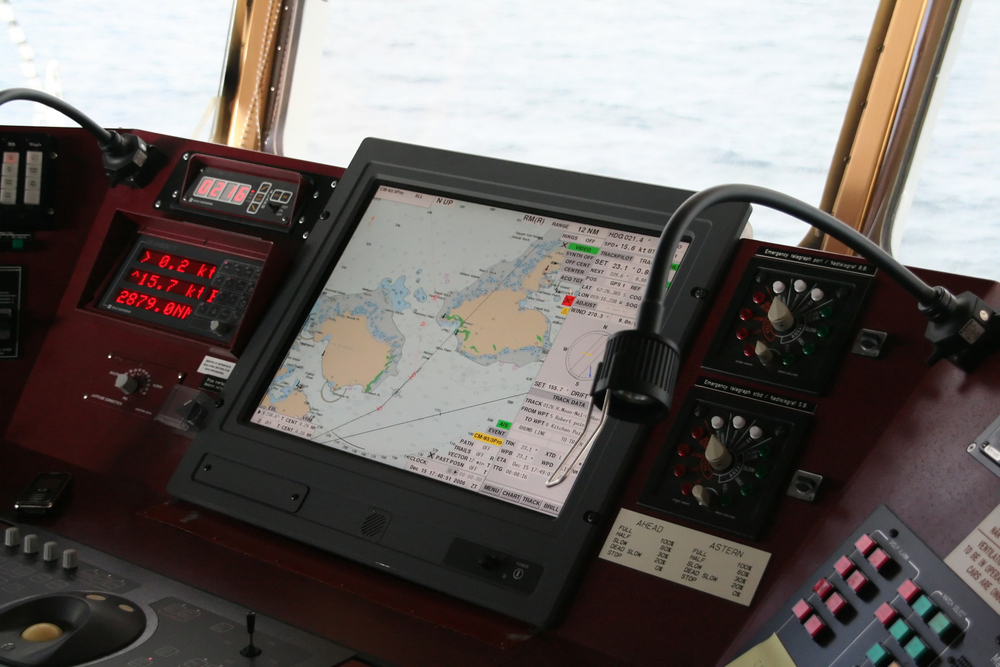
Here are the steps involved in maintaining a yacht’s navigation systems:
- Checking maps
Maps are essential for navigation. It is important to check your maps regularly to make sure they are up to date.
To check the maps, proceed as follows:
Compare the charts with the electronic charts to make sure they are up to date. If the maps are not up to date, update them with an official source.
- Checking compasses
Compasses are used to determine direction. It is important to check the compasses regularly to ensure that they are correctly calibrated.
To check the compasses, proceed as follows:
Calibrate the compasses using a reference compass. If the compasses are not calibrated correctly, have them repaired or replaced by a professional.
- Checking instruments
Navigation instruments such as GPS, radar and sonar are essential for safe navigation. It is important to check the instruments regularly to ensure that they are working properly.
To check your instruments, follow these steps:
Here are some additional tips for maintaining a yacht’s navigation systems:
Store charts and instruments in a safe, dry place.
Have charts and instruments checked annually by a professional.
Attend navigation courses to improve your navigation skills.
Maintaining a yacht’s navigation systems is an important task that can help you enjoy your cruises in complete safety.
Here are a few tips on how to look after your boat’s interior:
Clean surfaces regularly.
Wood, leather and plastic surfaces should be cleaned regularly to remove dirt, dust and debris. Use cleaning products specifically designed for the type of surface you are cleaning.
Replace carpets regularly.
Carpets can become soiled and worn over time. It’s important to replace them regularly to keep your yacht clean and comfortable.
Store furniture.
Furniture should be stored properly to prevent damage. Use slipcovers and cushions to protect furniture from stains and scratches.
Air your yacht regularly. Fresh air helps to remove moisture and odours.
Avoid exposing your yacht to the elements. The weather can damage surfaces and furniture.
Use a professional to maintain and repair complex interior features. If you’re not sure how to maintain or repair an interior feature, contact us.
By following these tips, you can keep your yacht in top condition and enjoy it for many years to come.

